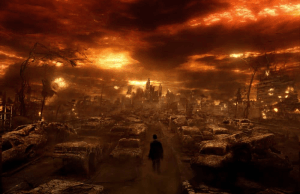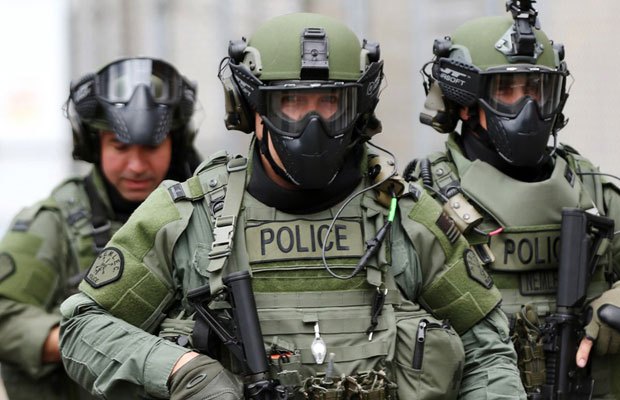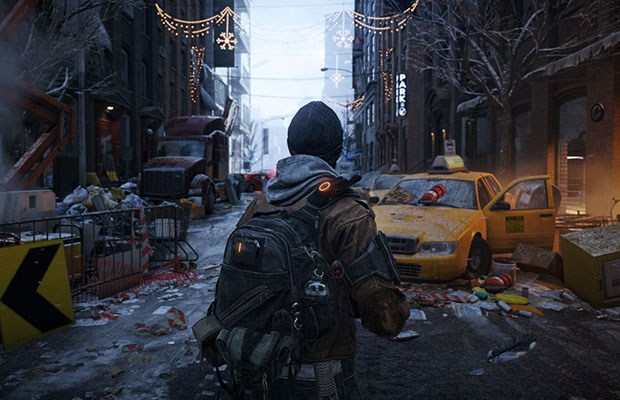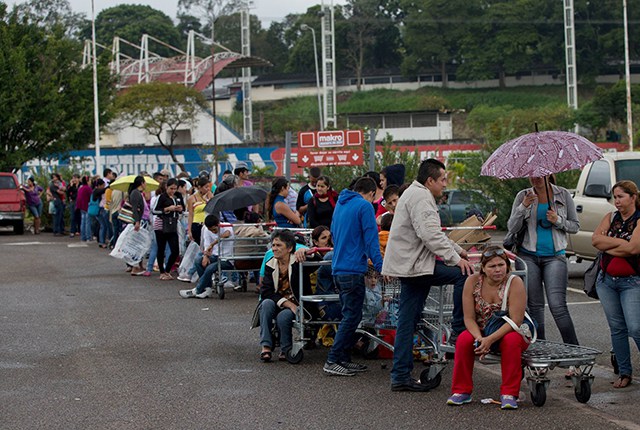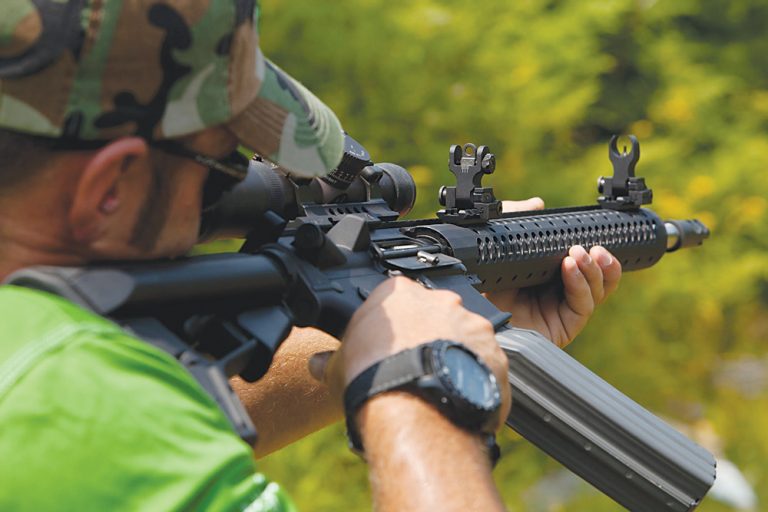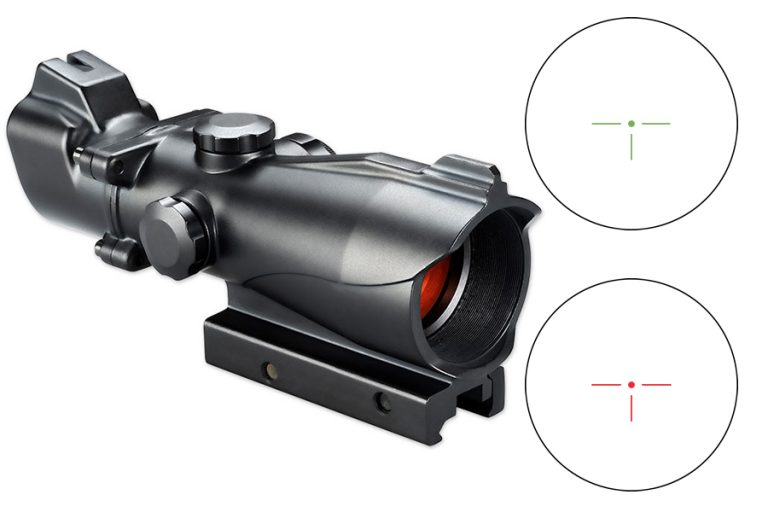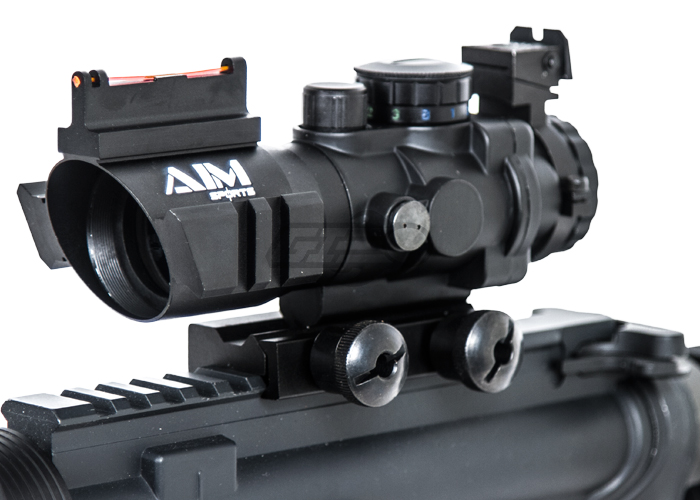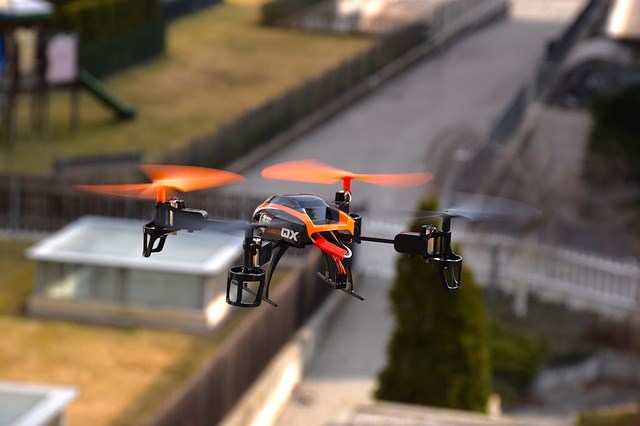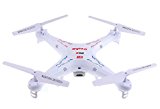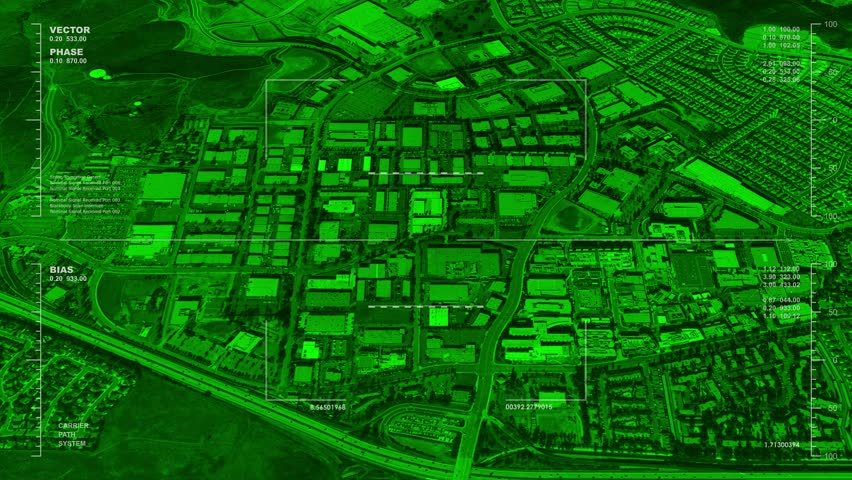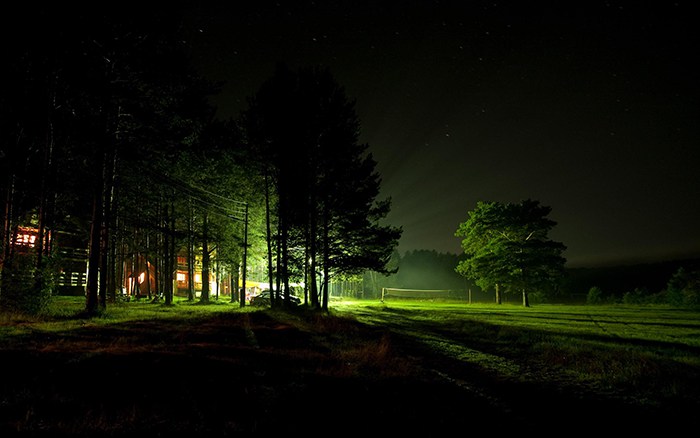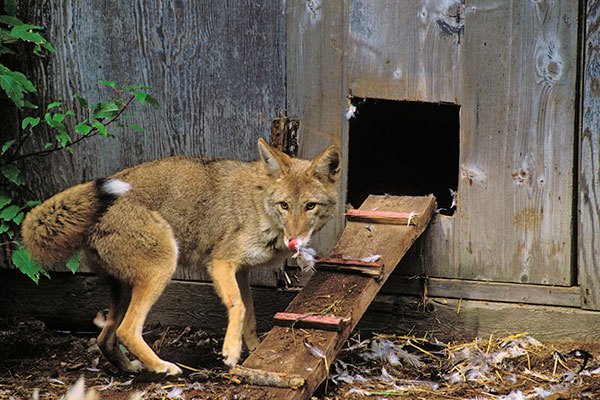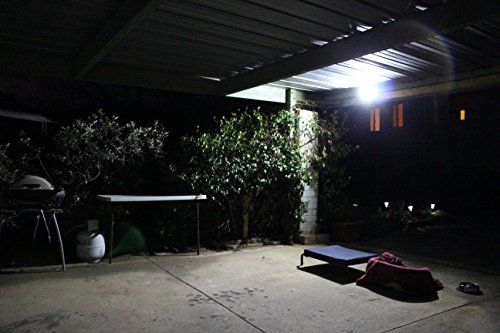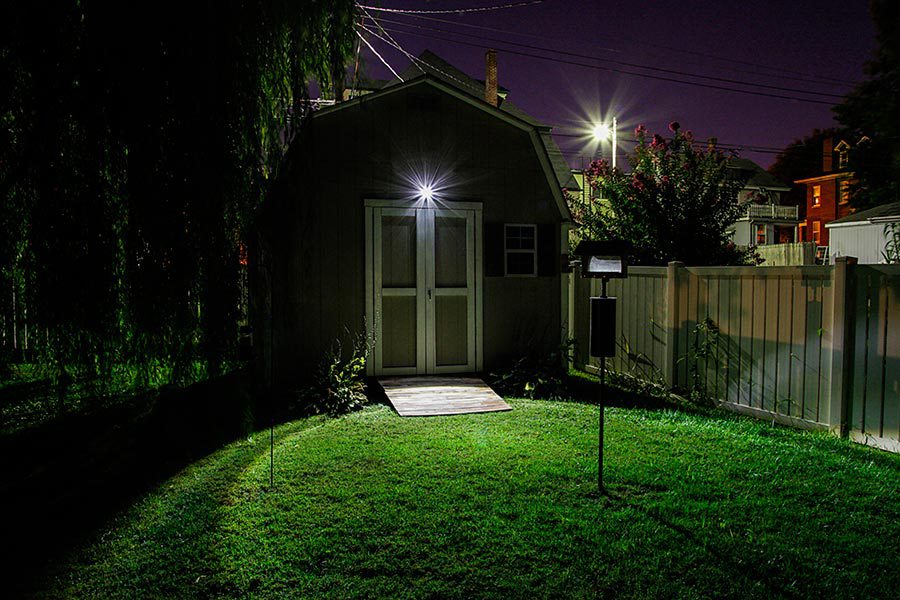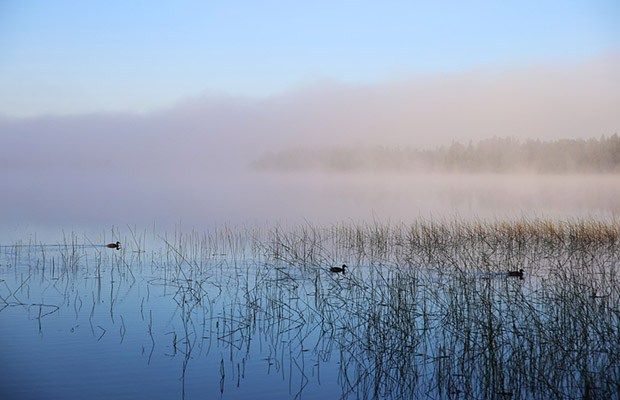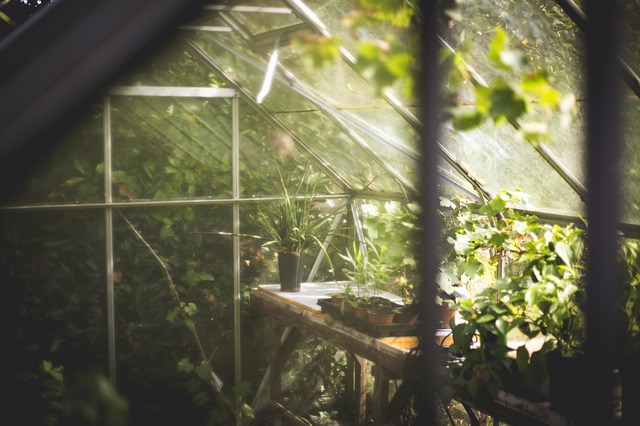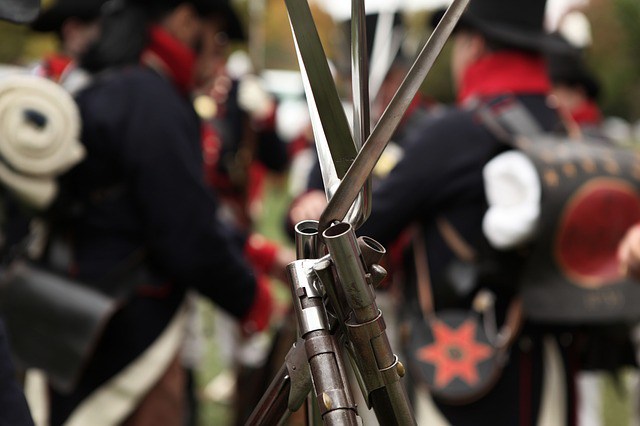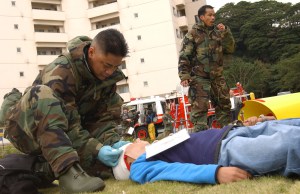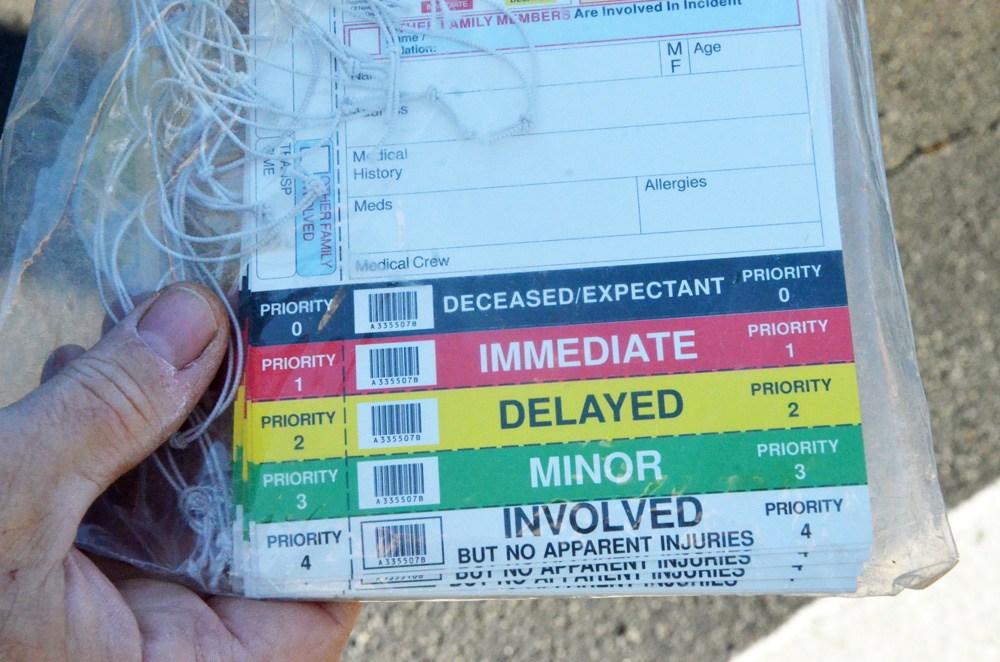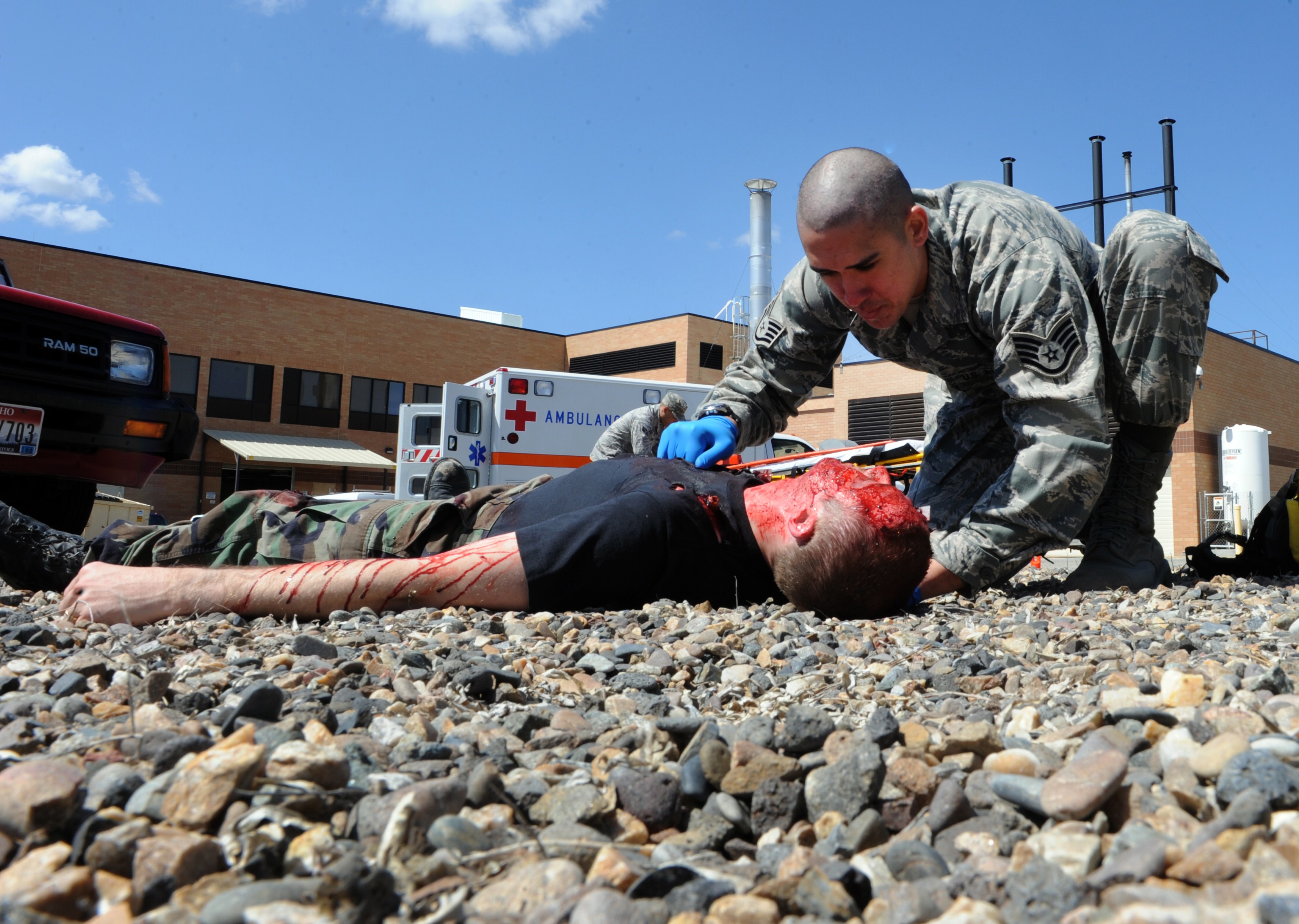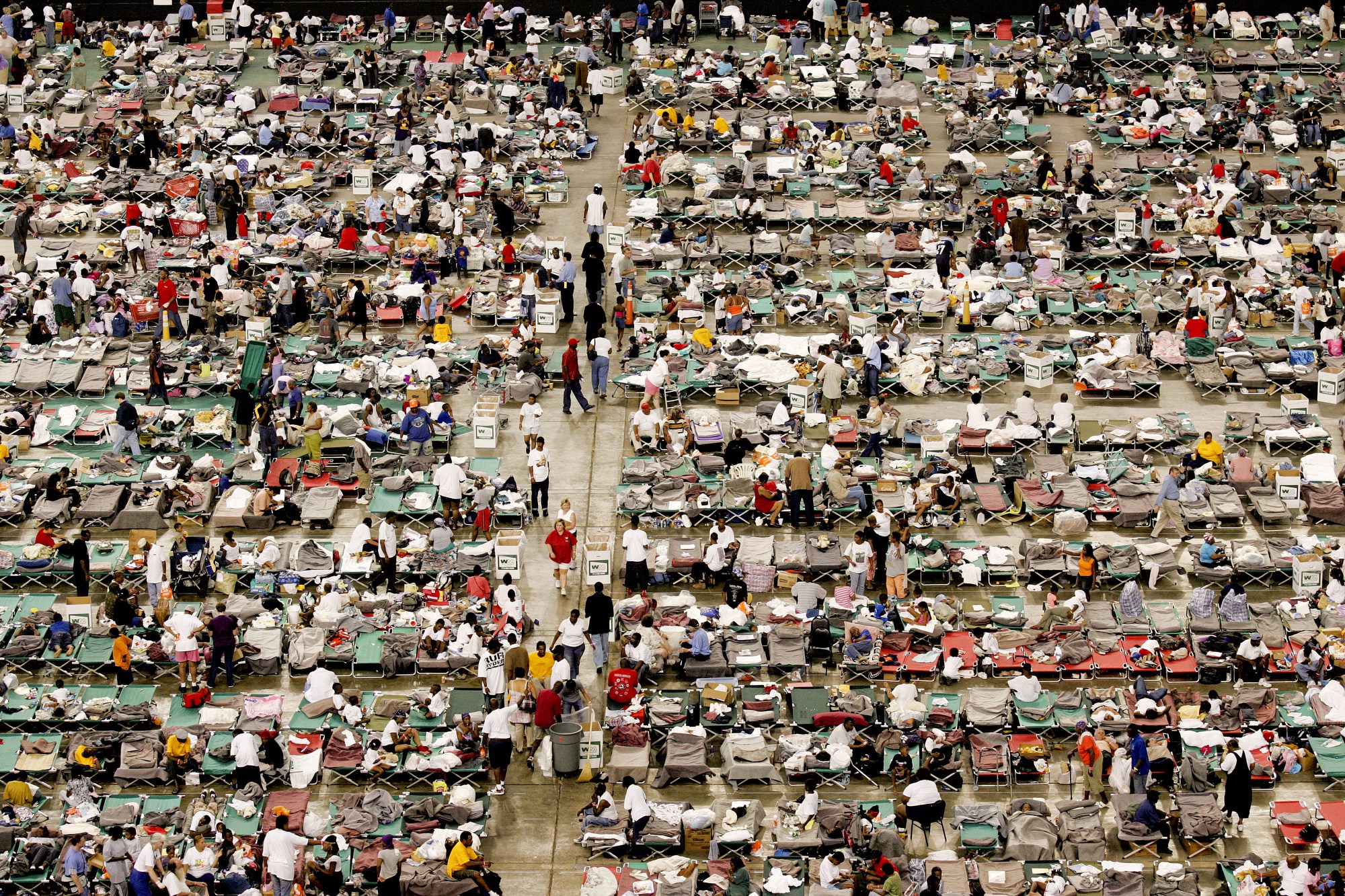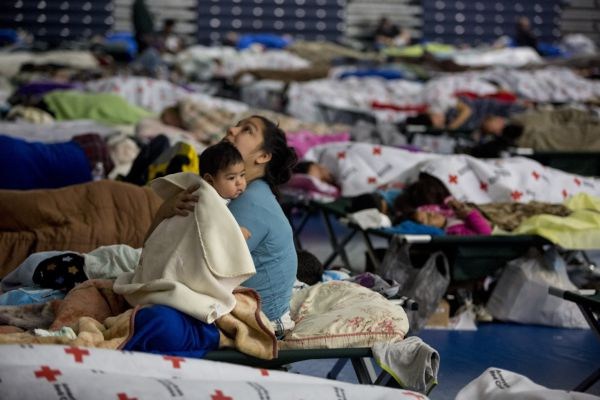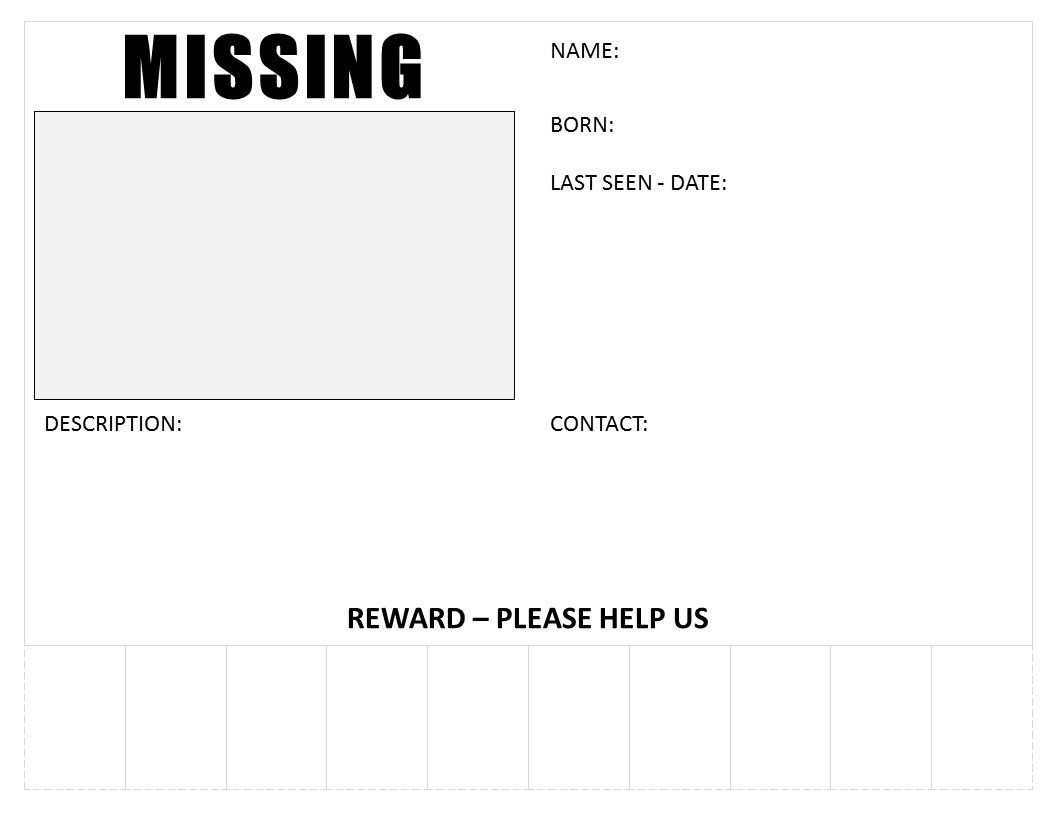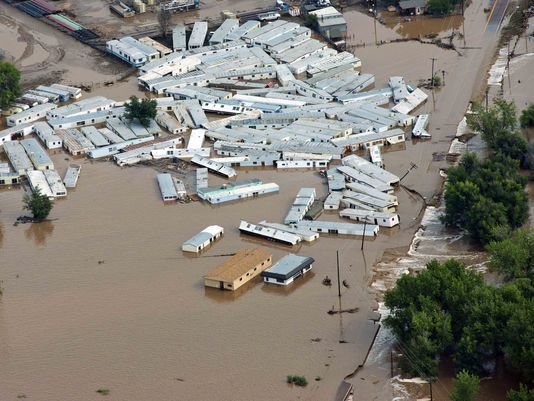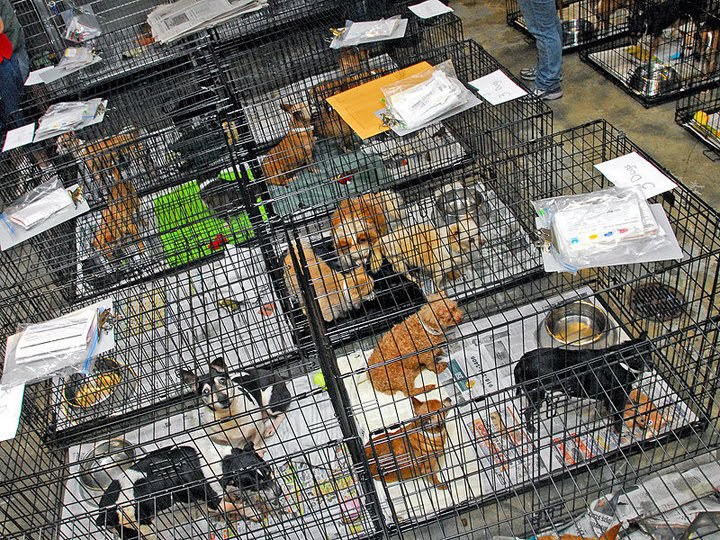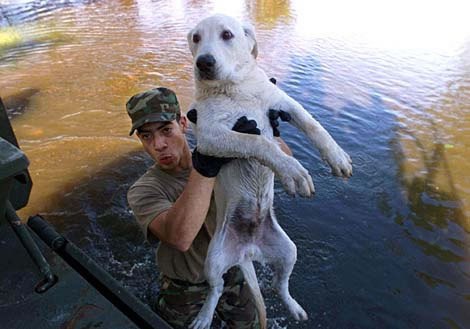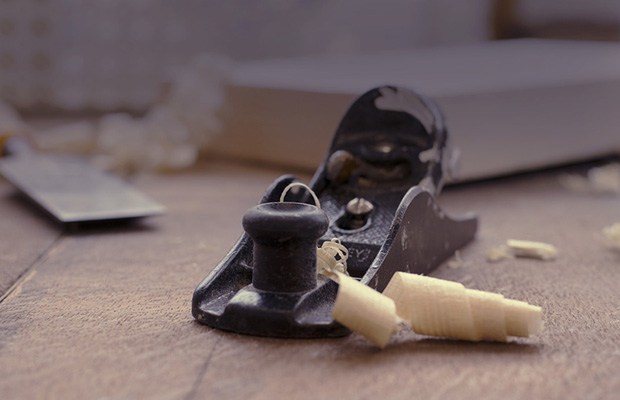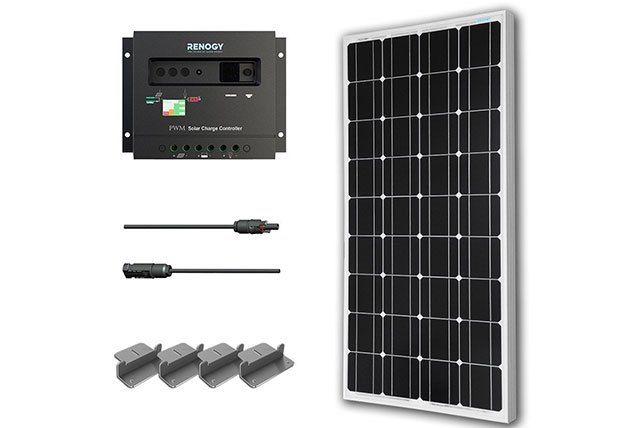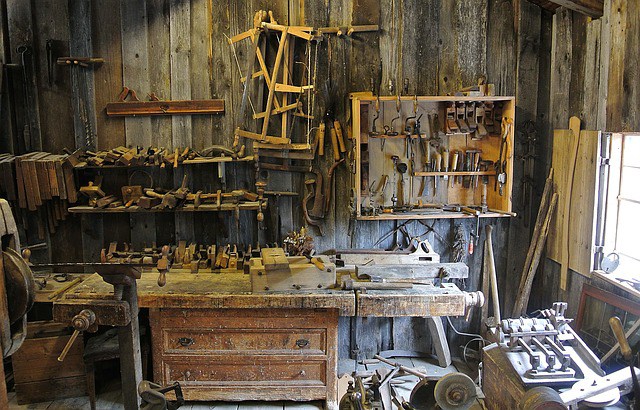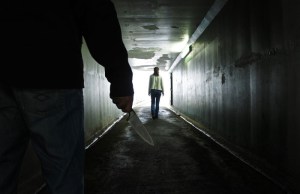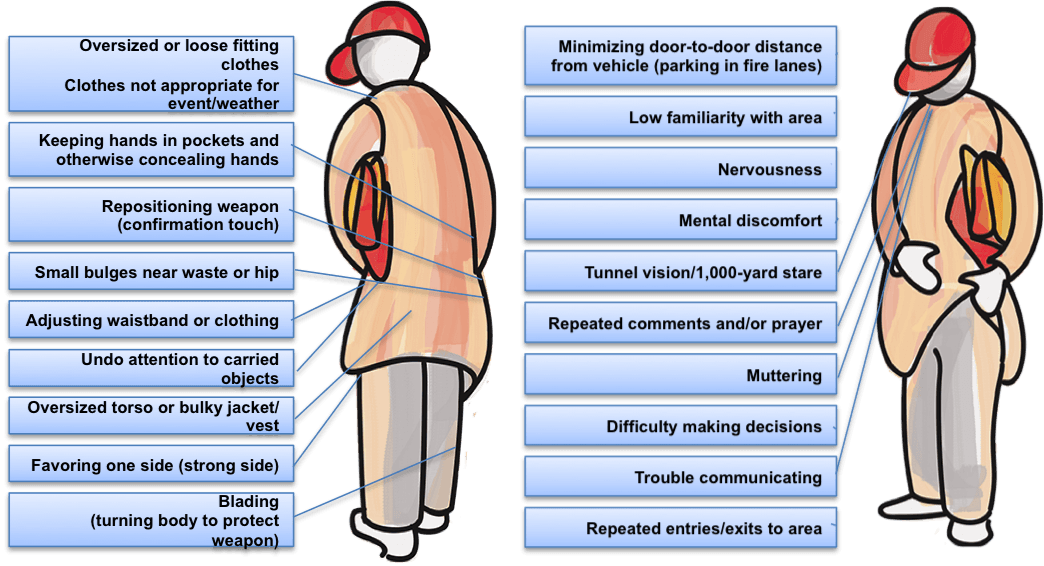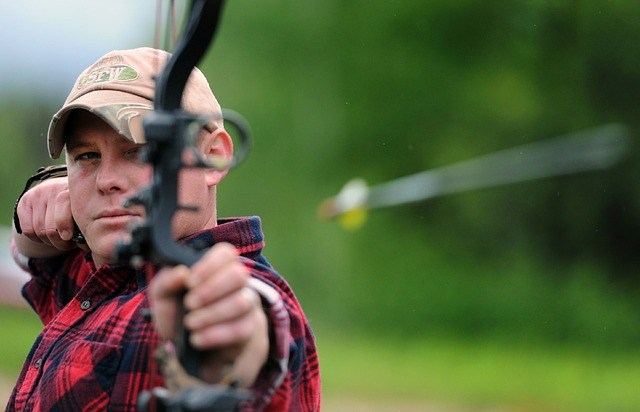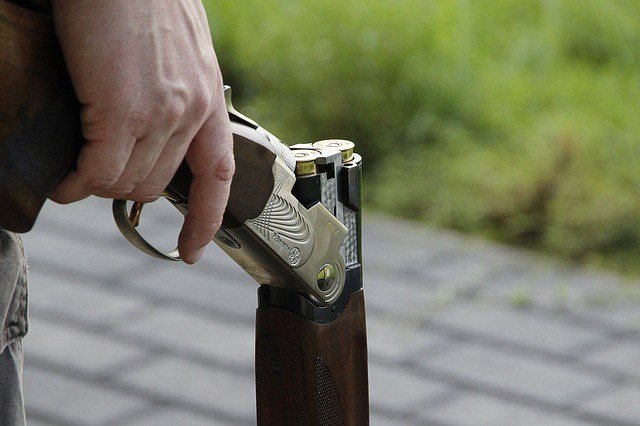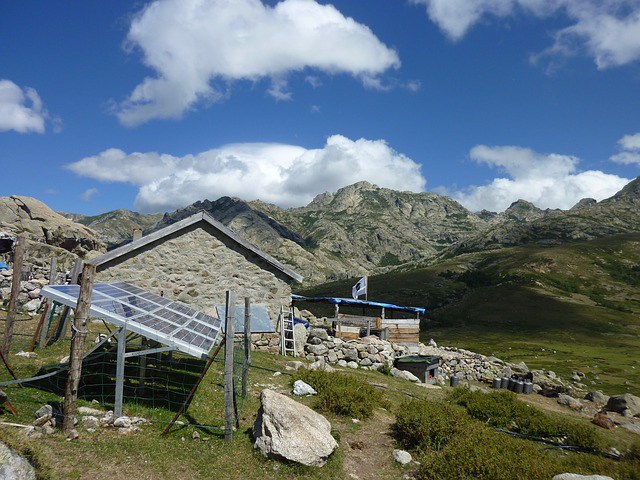The Coming Correction
In the millennia mankind has existed we have witnessed some small corrections. Nature, the things by which we are all bound, sets in motion events, unforeseen and undeniable. In an age where science strives to understand and alter mankind, I see efforts in a multitude of misdirection’s.
What nature provides us, science does so artificially. These efforts, while noble and well-meaning fall short of nature’s millions of years of experimentation finding what does and does not work. Mankind is nothing more than the product of that grand experiment. I will hear all the arguments that it is God who created mankind. Does it say God also created nature? Why should God create something if he had no intention of using it? So comes the corrections.
To mankind it means the extinction of blood lines that have become weak and corrupt. Many have learned of the plague that came abruptly to kill the multitude. A tragic event but it left mankind stronger. Other events that destroyed entire civilizations by the fact they looked to God for help and should instead have looked to themselves and adapt for survival. Now we are faced yet again the correction that will destroy mankind or make us stronger. We hear of future events of volcanoes, and asteroid’s, and even another sun with its planets that is coming. If there is truth among these events I haven’t found it.
The truth I do know comes from the threat of government. This is something that mankind has created but failed to control. Mankind doesn’t like violent change. We will tolerate much and will be pushed to the extreme before some, the ones with ability to lead react. They incite others to follow. We have seen the evidence within our history. How accurate that history is debatable but it divides the followers into the divisions of their particular mindset.
We have the Christian, Budist, Muslim, with leaders that profess radically different physiologic mindsets. All professing to know and teach their own difference between what is good or evil. This is not the focus of my writing. Each has given their section of mankind the abilities to adapt. This is the crux of my point, adapt to what?
Man will be it seems from the predictions called upon to adapt. If we believe the many predictions, it will be a natural event that will put man’s talents to survive to the test. In the end it will be the strongest and most versatile that will survive. Survival, the very thing that many prepare. Which do we prepare for? If I had that answer, I would indeed be a rich man. While most wait for the answer, the event springs itself upon us. Now it is assured that the multitude, unprepared will dash off directionless and leaderless. They are destined for extinction. They will assemble into gangs with a leader that has only force to insure safety and will revert to a society of the Stone Age level that consumes to survive. The probabilities that this level of survival could last depends on the food to be consumed. Many of “the followers” will gather behind these leaders for security. Does this sound like our government? They turn a blind eye to the atrocities that leadership and power bring. This multitude will survive moving from place to place using the resources until it comes upon the community that it can’t overcome and will choose to combine to survive or die.
I continue now about the correction event, not knowing what it may be or if we can oppose its force and survive. Survival being the goal we as individuals must decide what is best for each of us. The multitude must continue to make their living and support families. We must also think ahead and plan on a direction we must take in the event we are separated from our families and what we must do when we are back together.
With the multitude of websites showing us what we need or have to survive. They range from the pocket tin that is guaranteed to have everything one needs to survive. To the backpack so large that will draw notice of others and tell them you have what they need. I can say that I wouldn’t want to draw attention to myself. The description I do like is the grey man. The ability to blend and be the shadow. Sounds like a good idea for the crime fighter TV program.
When we address the problem everything and everyone must be considered an enemy. Even people you work with will in desperation act for their own survival. The people who are in a state of panic will be capable of anything. The ninety pound woman has been documented lifting a two ton car off her child. Panic and adrenaline can exhibit superhuman strength to a man or woman. You do not want to be the focus of that force. Sadly the strength is fleeting and needs an extreme event to activate. We cannot depend upon this so the rest must depend on our brain.
The brain is the best tool we have for survival. Teaching it to make the correct decisions by evaluating the conditions of the moment and projecting into the future. The future is the goal we want to get to. To be clear it will be yourself against everything else.
To get where you want to be you must have direction. Without direction you have no hope to survive not only hardship but the corrections nature imposes to cleanse its mistakes. What form will they take? Nature is creative and to survive it we adapt. Any living thing plant, animal, or microbe if it can’t adapt is extinct. With the many predictions that could come from nature or man the object still remains the same. Survival of yourself and family. World events at the moment seem to outweigh nature. It would seem the target will be the grid. If this is so then despite what plans we make they will be only temporary at best. The hordes the zombie flicks entrap our imagination with will show up. The difference they won’t be slow unthinking creatures. They will be armed and hungry and will take what you have. The only hope is to remain unnoticed until the majority have passed on looking for food. The odds of going unnoticed? Slim to none. If we have an attack like this its purpose won’t be to defeat America but destroy it. Any country wanting the resources wouldn’t destroy them. Leaving America intact would call for biological methods. Eliminate the people leaving its resources intact. Could we survive this?
Some will as has been proven with the plagues. Some will be immune to whatever is put out. The final question is how to prepare? Knowledge and as many skills as one can learn to use without power. It won’t be how much gold you have that will keep you alive but how valuable you will be in a community. Knowledge weighs nothing and the ability to adapt. The things that every animal alive must have to survive.
In the millennia mankind has existed we have witnessed some small corrections. Nature, the things by which we are all bound, sets in motion events, unforeseen and undeniable. In an

